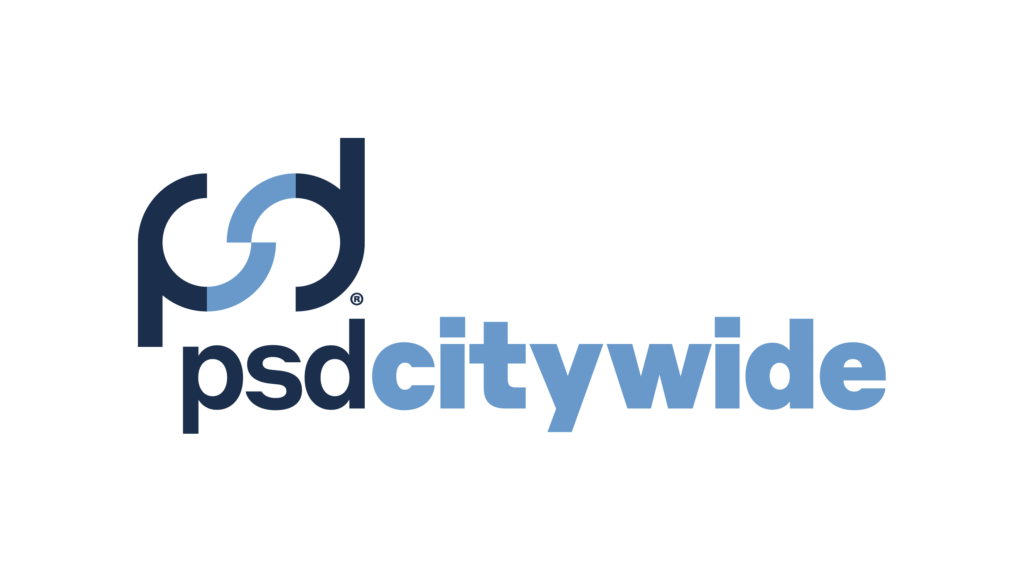By Municipal Natural Assets Initiative
For several months now, the world has been thrown into a state of turmoil as we collectively struggle to manage the COVID-19 pandemic. And, as we work to ensure our health and safety, the changing climate continues to create further health and economic challenges.
Seasonal spring flooding has already forced many residents to evacuate their homes. Fire season is approaching. And many local governments are faced with shrinking revenues, made worse by the pandemic, yet they must continue providing core services to their residents and businesses.
Recovering and rebuilding from both the pandemic and the ongoing climate emergencies will be daunting for communities, so many are looking to global disaster management best practice which emphasizes ‘building back better.’ This principle addresses disaster response, recovery, rehabilitation and reconstruction to increase community resilience and reduce future risk – including for publicly owned, managed, or regulated services and infrastructure.
Fortunately, nature already understands those principles and an increasing number of communities are working with the Municipal Natural Assets Initiative (MNAI) to explore how they can incorporate nature’s work into their core infrastructure services. In fact, nature could play a vital role in helping local governments recover from the pandemic.
Nature offers infrastructure services – such as stormwater management – and often at lower capital, operating/maintenance, and renewal costs, than engineered alternatives,” said Roy Brooke, Executive Director for Municipal Natural Assets Initiative. “And, they’re usually more resistant to changes in climate.
MNAI has been working with numerous communities that wish to explore a natural asset management approach to managing their infrastructure. To-date, 11 communities have completed their projects to understand what natural assets they already have in their communities and how to incorporate those natural assets into their budgets and planning; several other communities and projects are still underway.
In February 2020, MNAI published the project results from the most recent six communities, which were: the Town of Florenceville-Bristol, Village of RiversideAlbert, and Town of Riverview in New Brunswick; the City of Courtenay and District of Sparwood in British Columbia; and the City of Oshawa in Ontario.
Each of these communities assessed the value of the services their local rivers, creeks, ponds, wetlands, and forests provide. They also considered scenarios of future climate conditions, such as more extreme storm events or earlier snow melt. While each community saw individualized results, they also shared some common themes:
- Natural assets are providing local communities with millions of dollars of service value that is rarely accounted for.
- The more extreme the rainfall or intensified the development, the greater the value of the assessed benefits to the community.
- Natural asset solutions can play an important role in flood management and can be essential in stretching construction dollars, but sometimes are not sufficient on their own.
- It is fiscally responsible to include natural assets in the scope of asset management policies.
- A multitude of co-benefits emerged, such as recreational space, improved human health and well-being, increased local property prices, and habitat for aquatic and terrestrial wildlife.
In New Brunswick, the Southeast Regional Service Commission (SERSC) conducted two of the MNAI projects with the Town of Riverview and the Village of Riverside-Albert. The Town and the Village took inventories of their existing forest and wetlands, determined their health, then placed a value on the stormwater and drinking water services they were providing for the communities. The SERSC projects also examined how much it would cost if the communities replaced the natural assets with engineered infrastructure and found values up to $2.3 million.
“The Southeast Regional Service Commission (SERSC) has just concluded two projects in New Brunswick with MNAI, both of which will help us minimize the requirements for new engineered infrastructure,” said James Bornemann, Geomatics Manager at SERSC. “The results are already being used to inform development decisions and planning and by-law changes.”
In Ontario, the Oshawa Creek project examined natural assets along the southernmost, highly urbanized, seven kilometre segment of the Creek that provides a necessary stormwater management service to the City of Oshawa. The project found that natural assets along this segment of the Creek currently provide a stormwater management value of $18.9 million. When the project included the full Oshawa Creek watershed and the surrounding floodplain, this value increased to between $392 million and $414 million.
The results from these six communities reinforced that the municipal natural asset methodology that MNAI piloted with the first five communities in 2016 was consistent and robust. These six projects have now also added practical examples to the evidence base so local governments can access evidence and experience from 11 projects as they make decisions about sustainable service delivery.
While all 11 community projects are now complete with more projects currently underway, it’s important to recognize municipal natural asset management is a multi-year process. Even the Town of Gibsons, where this all began in 2013, continues to learn about the value of its natural assets, how to integrate them into the strategic level of local government decision-making, and how to test and refine new approaches to sustainable service delivery. MNAI always works with communities that can continue building their infrastructure capacity on their own, using the approach and framework MNAI develops for them.
MNAI’s long-term objective is to elaborate all of its guidance, tools, and templates to a point where it is an authoritative norm across Canada. Doing so would help make natural asset management, including inventories, be comparable, replicable and effective across local governments, regions, and provinces. MNAI is continuing to broaden and strengthen its methodology to include more services, developing more tools that can be configured for local contexts, initiating a long-term monitoring framework, and shaping more supportive normative and enabling frameworks for natural asset management.
As we collectively look ahead at what recovering and rebuilding from the pandemic might look like, the Municipal Natural Assets Initiative will continue to support communities in building and enhancing their infrastructure through natural asset management in order to regain resilient, long-term, economic, social and environmental health.
Visit MNAI.ca for more information and to read all 11 MNAI project reports and periodic updates on their municipal natural asset management journeys.

THE MUNICIPAL NATURAL ASSETS INITIATIVE (MNAI) is changing the way municipalities deliver everyday services, increasing the quality and resilience of infrastructure at lower costs and reduced risk.
Local governments are looking for ways to improve the management of the critical assets that provide community services — such as water and wastewater, waste removal, transportation, and environmental services— in a cost-effective and sustainable manner, now and into the future.
The MNAI team provides scientific, economic and municipal expertise to support and guide local governments in identifying, valuing and accounting for natural assets in their financial planning and asset management programs, and in developing leading-edge, sustainable and climate-resilient infrastructure. With increasing ease in measuring and valuing natural assets, the MNAI approach is straightforward and transferable.



